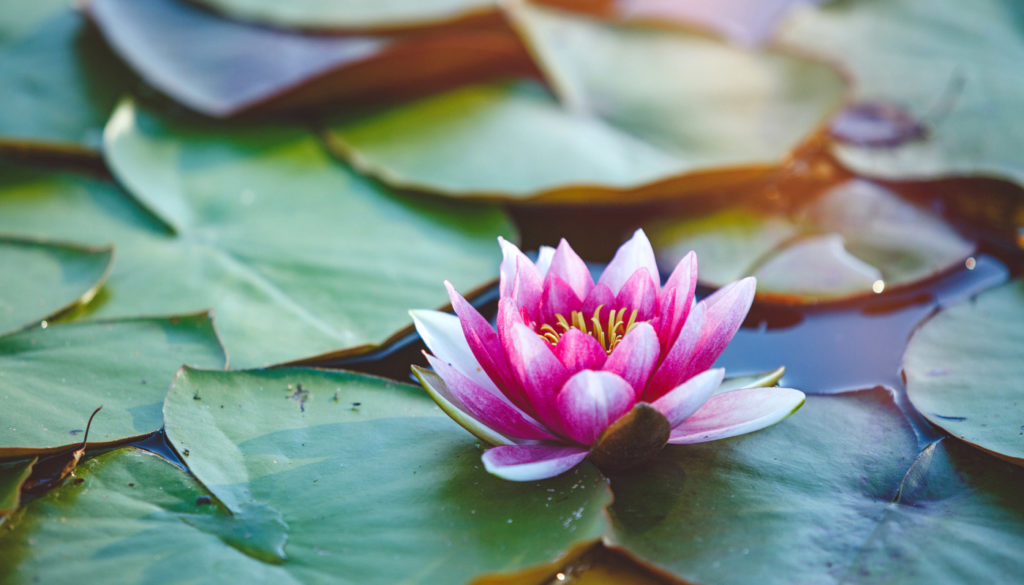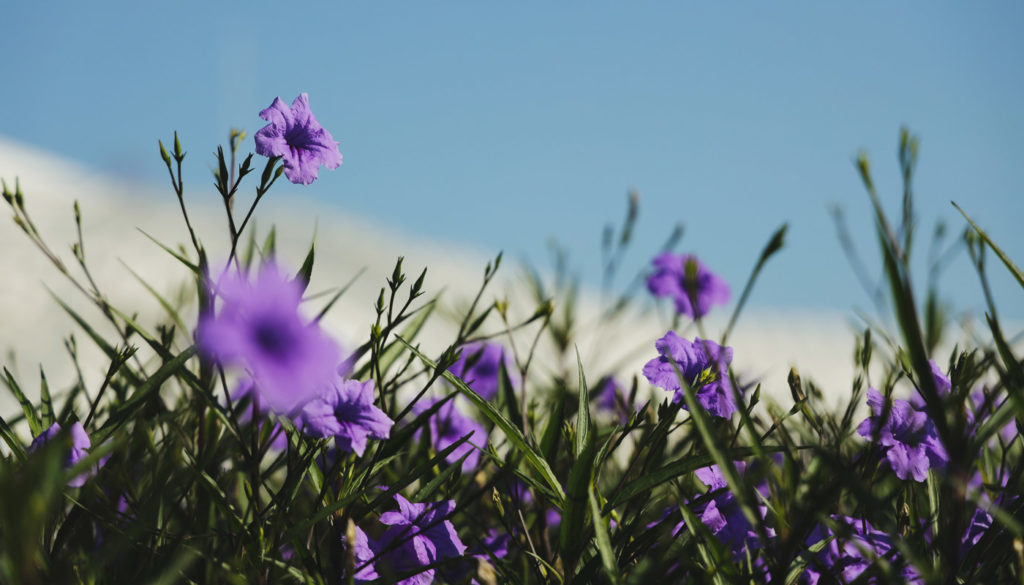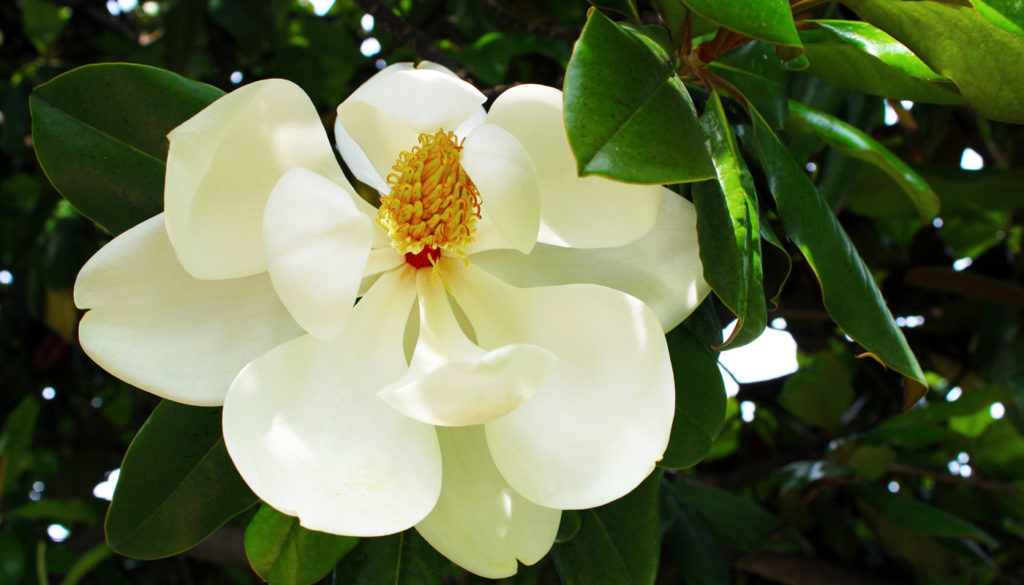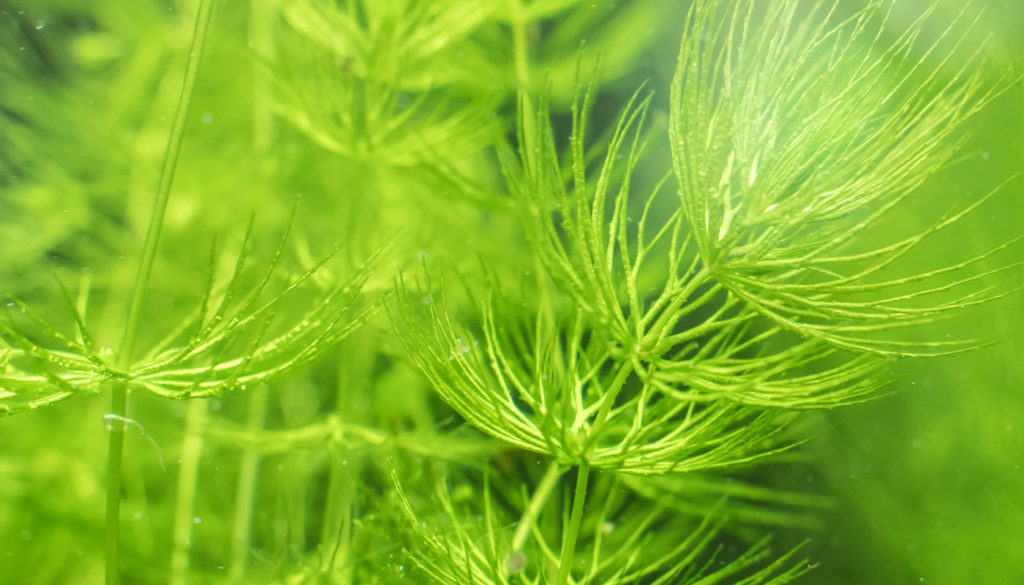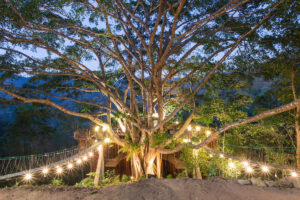Plants for All Your Landscaping Needs, Water Lilies, Pond Plants, Tropical Plants, and Other Plants. Serving the Tampa Bay Area
Ah, the gem of ponds. Not only are they gorgeous, but they’re one of the easiest types of aquatics to grow! They flourish in almost any zone as long as the temperature is at least 70 degrees. Most water lilies are happy in depths from 1.5 to 2.5 feet. The pads and new buds will reach the surface of the pond usually within five days. However, when placing a water lily, never place it near splashing or flowing water; they don’t like to be disturbed.
Aquatic Plants in the Tampa Bay Area
A pond without aquatic plants is like the earth without flora and fauna. Plants in ponds provide a focal point to the landscape and provide a feeling of serenity. These plants also enhance the beauty of the pond while oxygenating the water and removing most of the naturally occurring organic materials.
Before you introduce plants into the pond, it’s essential to prepare and visualize a design for the plantation process. This needs to be done keeping in mind the needs and requirements of each type of hygrophyte. A plant shelf can be built to help accommodate the marginals and special bank for the bogs. Aquatic plants help filter the water of the pond by converting fish waste into plant food.
Aquatic plants should ideally be planted during the spring and early summer. There’s a variety of aquatic plants that you can use in your personal pond. These include Marginal, Water Lilies, Bog, Floating and Oxygenating plants. These plants provide a unique charm to the beauty of the pond and are subtle enough for the bionetwork of ponds. Most aquatic plants perform necessary functions while beautifying the pond as well. They also help remove the algae, which results in enhancing the clarity of your pond.
Tampa Bay Ponds & Rocks Carries Many Varieties of Aquatic Plants
Marginals thrive in shallow areas, where the depth is usually no more than 6 inches. These also thrive in muddy areas. Popular examples of this grass-like species include the Cattail, bamboo, rush and papyrus. These plants need at least three hours of sunshine per day to stay happy.
Tropical water lilies are probably the most striking variety, mainly due to their large flowers and aromatic smell. These are perfect for those water gardens that survive in warmer climates with year-round sunshine. They need daytime temperatures of at least 75 degrees and nighttime temperatures of at least 65 degrees.
Hardy lilies, while not quite as extravagant as their tropical cousins, can remain in the pool all-year-round, even in cold weather conditions. This is a hardy variety capable of living in deep water – up to 8 to 10 feet in depth. Both tropical lily and hardy lily varieties are sun freaks and need at least 5-10 hours of daily sunshine. Regular fertilizing is also recommended for these plants.
Floating varieties such as duckweed are extremely popular. These floating varieties don’t to be planted; these float around the pond with their roots in tow. These block sunlight from the pool surface and help to fight off the blanket weed and green pond algae. These can be used if you want to provide more shade or extra hiding area for your fish.
Oxygenators are a beneficial variety that provide valuable oxygen and help control the levels of both suspended planktonic algae and filamentous string algae varieties. These also provide a tasty tit-bit for the fish.
Visit Our Store to Buy Your Aquatic Plants
All aquatic pond plants consume nitrogen chemicals, such as nitrates and phosphates, that build up in the water. These plants also help maintain the oxygen-carbon dioxide balance in the environment as well as the water. Hence, these aquatic plants work toward maintaining the balance of the pond environment. Aquatic plants are necessary to achieve a simple water balance and provide surface coverage to block sunlight in the garden pond.
Last but not least, don’t forget to buy fertilizer for these plants! Fertilizer is an essential aid for the growth and blooming of your aquatic plants. Once-a-year feeder tubes, tablets or granular form are the most common types. Ask an associate to help you make the right decision. A good maintenance program is essential for keeping your pond clean and your fish healthy.
All ponds will eventually need a thorough cleaning. Decomposing leaves and other debris can collect at the bottom of the pond. A good and thorough cleaning is usually done in the spring and again just before the onset of winter. To ensure proper maintenance of your pond and aquatic plants, remember to skim off surface debris, prune and fertilize pond plants, and pull up and remove stringy algae, sticks and leaves.

